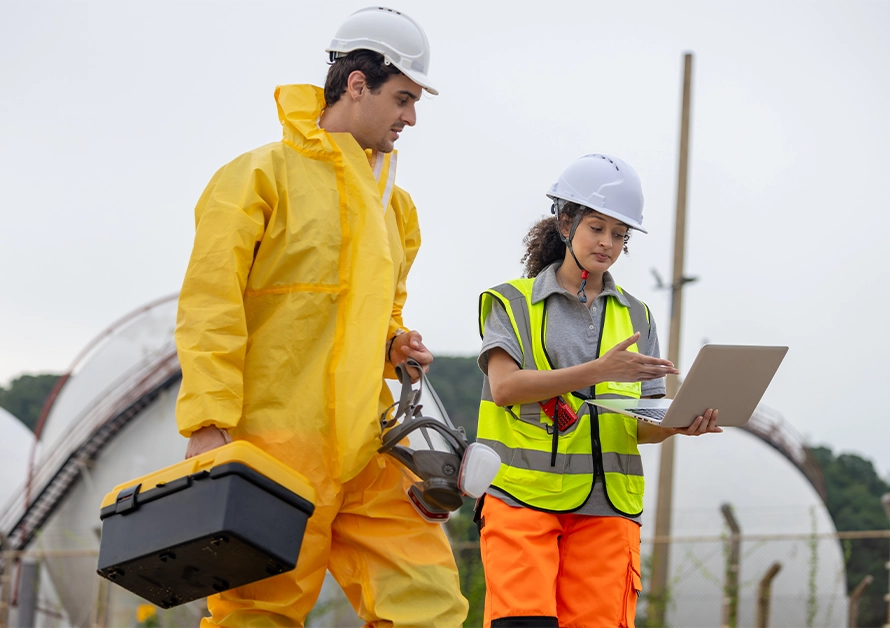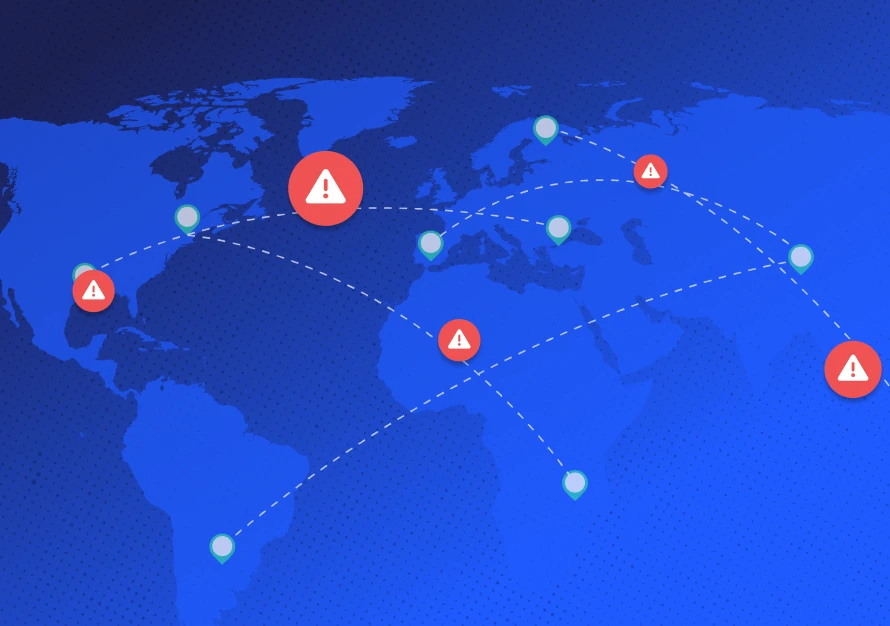The COVID-19 pandemic has exposed many holes in the current global supply chain and workforce. Many companies were unprepared to respond to the pandemic and struggled to keep their employees safe and healthy. Even before the pandemic, worksite incidents and fatalities were common in certain industries. In fact, according to the International Labour Organization (ILO), close to 2.3 million men and women around the world become victims of work-related diseases and accidents annually, which corresponds to 6,000 deaths a day.
Making constant improvements to your health and safety policies is a critical part of business, and many governments are setting the standard for companies to follow. For example, over the past 50 years the Occupational Health and Safety (OHS) industry has made great strides in improvement, in line with a more robust regulatory and legal framework that drives organizations to establish safer practices. However, evolving risks like the pandemic continue to challenge what makes established global OHS standards most effective.
Regulatory agencies, company shareholders, decision-makers, and the public are also involved in the health and safety policies at certain workplaces and are pushing for new and updated regulations to ensure employee health is prioritized.
Below is an overview of what companies can expect in the following years when it comes to emerging trends, regulatory changes, and compliance requirements in a fast-changing global OHS landscape.
- The Pandemic: The coronavirus crisis forced organizations to reevaluate their health and safety policies and practices. According to the Health and Safety Executive (HSE), 93,000 workers contracted COVID-19 from the workplace. Because of statistics like these, governments are implementing new policies. In 2021, the U.S. prioritized worker safety and health by ordering the Occupational Safety and Health Administration (OSHA) to provide recommendations for personal hygiene, masks, proper ventilation, and vaccination and to closely review its enforcement activities pertaining to workplace exposures.
- Mental Wellbeing: Recent reports show 32% of adults have suffered a mental health crisis at work, yet 49% do not feel there is a right workplace culture talk about or support mental wellbeing. The pandemic only heightened the mental health crisis. Fortunately, over the past few years, there has been a growing shift towards ensuring mental wellbeing at work. More organizations are stepping up their efforts to ensure employee mental wellbeing, and the world’s first international standard to address stress at work, ISO 45003, was published last year.
- Post-Pandemic Future: Most recently, the ongoing crisis along with lessons learned from the pandemic has led to the formation of other new trends in OSH worldwide:
- Establishing a high-participation safety culture backed by leadership.
- Collecting safety data to detect unsafe conditions and prevent safety hazards.
- Using IoT-enabled smart PPE to provide advantages such as ease of location and communication, lowering the risk of exposure, protection against invisible risks, and remote alerting and management.
- Sustainability: Over the past few years, the demand from shareholders and investors for greater corporate disclosure and reporting on ESG compliance has increased considerably. Occupational health and safety however have been largely overlooked as a key ESG concern. This is expected to change going forward.
Amid multiple global developments, the time is now for organizations to take progressive steps toward increased safety and health initiatives. To help guide the global community to better identify and prepare for the OHS health and safety changes, Avetta offers the Avetta One Platform. Avetta One enables organizations and suppliers to manage supply chain safety, risk, and sustainability all in one place.

.svg)

.svg)
.svg)

.svg)

.svg)








